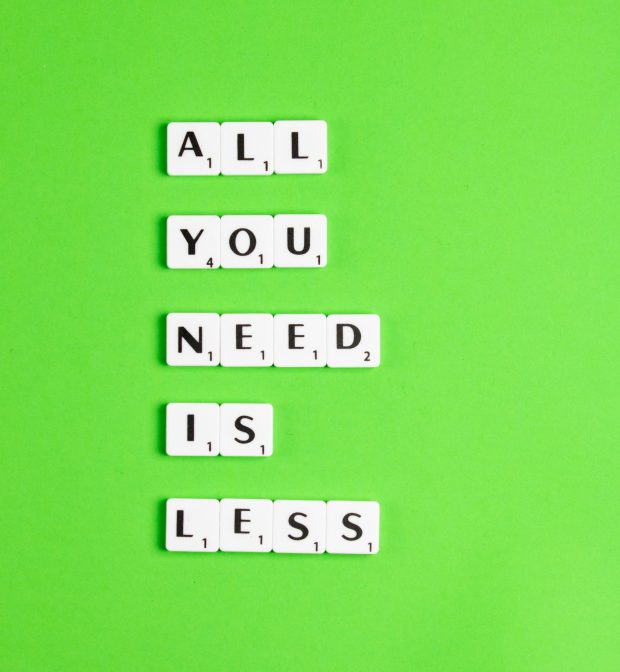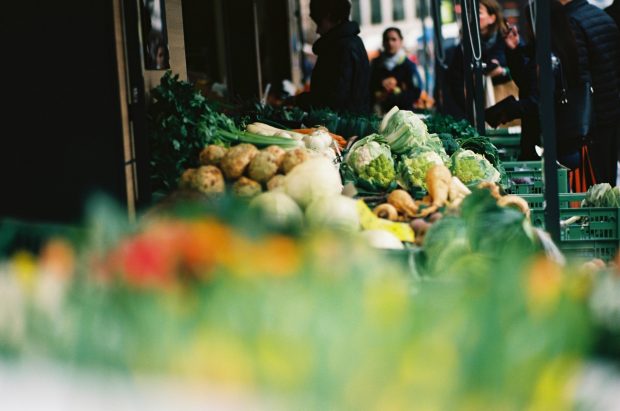It’s no secret that our planet’s natural resources are undergoing rapid depletion. From fossil fuels and soil to plants and animals, there’s a myriad of natural resources falling victim to dubious economic, social, and environmental practices every single day. In many cases, a good number of the culprits are innocent and are not aware of the peril their unsustainable ways of living are putting the planet in.
The current situation of our world calls for our awareness. It’s high time we start educating ourselves on sustainable use practices that can help manage the consumption of our natural resources. In turn, this can help in saving our environment and preventing our precious resources from running out.
What are these practices, anyway? Let’s read on to find out what they are and how to implement them in our daily lives.
Sustainable Use Practices to Apply in Your Everyday Life
The choices we make every day affect the climate, the environment, as well as plant and animal species. From the number of kids we decide to have to the food we consume, there’s quite a lot we can do to manage our consumption of natural resources and reduce our environmental footprint.
1. Do Away With Plastic
Plastic is everywhere. There’s an estimated 14 billion pounds of trash, most of which is plastic, dumped in the ocean yearly. Plastic waste wreaks havoc on ocean life, injuring and killing thousands of marine animals that end up getting tangled up in plastic or ingesting it.
While you might not be able to cut plastic out of your life completely, you can take simple steps to reduce your plastic use. Start by using reusable bags when shopping, ditching single-use bags, straws, and bottles, and avoiding products with plastic packaging.
2. Boycott Brands That Endanger Wildlife
Even with the Endangered Species List that renders products made from “animals in peril” illegal to purchase, trade, or sell, it still doesn’t guarantee that endangered animals won’t be harmed for a company’s profit. This is because there could still be animals in jeopardy that have not been listed yet. Also, there are people who have the power to by-pass government policies for their own personal gain.
You can stop having a hand in the further endangerment of our already-jeopardized wildlife species by shopping conscientiously. Start educating yourself about what goes into the production process of your favorite make-up, sweater, or chair. Remember that your affinity for certain goods and services could be the very reason why some species of plants and animals are losing their homes.
3. Think Before Shopping
Aside from thinking about how a particular product is made before buying it, you also have to consider whether it can be “reduced, reused, or recycled”. As “old-school” as this philosophy may seem, it still very much applies today. In fact, you should keep it in mind whenever you’re thinking about purchasing a product or service.
Products and services leave environmental footprints. The materials used to manufacture a product or render a service end up in landfills. So, before you go on buying something that you think looks pretty or would make your life easier, ask yourself if it’s really a necessity. In case you really do need the product, look for options that are minimally packaged and sustainably sourced.
4. Read Labels
In most cases, one product alone can offer you countless brand options. However, there are brands that clearly stand out from the rest when it comes to sustainability and environmental-friendliness.
Whatever you’re buying, always go for brands that have made the least impact on wildlife and the planet. These products may cost more, but that’s because their manufacturers have made sure to protect the workers, resources, and the natural systems involved in their production process.
5. Consume Water Wisely
Water is everywhere, and sometimes, we can’t help but take it for granted. Not only do many of us waste water, but we also don’t think twice about using bottled water. The latter, in particular, has made us huge contributors to our planet’s destruction, with billions of tons of plastic waste swirling in convergences and damaging ocean life.
If you haven’t already, start taking steps to conserve water since it is arguably the world’s most vital resource. Take showers less frequently or, if you can’t, cut your shower time in half. Also, don’t wait too long to address toilet repairs and use low-water options when picking appliances.
6. Make Sure Your Big Purchases Benefit the Environment
If you’re in the market for a new ride and have the financial resources to afford an expensive one, aim for a cutting-edge hybrid car. These models are fuel-efficient and help you save thousands on gas as well as reduce your carbon footprint in the years to come.
Living Sustainably
While the above-mentioned sustainable use practices do go a long way to helping conserve our planet’s natural resources, they don’t even account for half of the sustainable methods you can implement to maximize the management of the said resources. You can see more information on these practices by doing your research and talking with individuals and groups who advocate for a greener and cleaner environment.
Read More:
Sustainable renovation hacks for a more stylish and eco-friendly home
How to live a more eco-friendly lifestyle
5 easy ways to create a healthier home
6 reasons why gardening is good for your health




